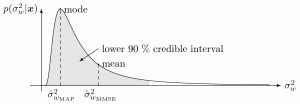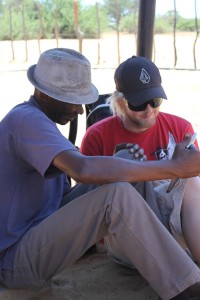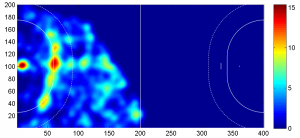Date: 21 March 2012
Time: 13.00-14.00
Place: NJ14 3-228 (Las Vegas)
In this presentation, I will present a trend of my research focusing on relations between culture and technology. I will discuss this topic from two different perspectives: culture for technology, and technology for culture. There will be a particular focus on knowledge representation, human-computer interaction and educational technology, the idea being to approach several of my research interests going from cultural modeling and cultural knowledge gathering, to serious games for intercultural education.
Bio
Emmanuel G. BLANCHARD received his M.Sc. and Ph.D. from University of Montréal, Canada in 2003 and 2007 respectively. His Ph.D thesis entitled “Motivation and Culture in e-Learning” has appeared on the list of honor of the Dean of Graduate Studies in 2007. His research is focused on the inclusion of human factors in (educational) technology, which has highly influenced his educational and work background. After completing his Ph.D, he was successively a guest researcher at Osaka University, where he trained to formal ontology engineering, a postdoctoral fellow in the Department of Educational and Counselling Psychology of McGill University where he improved his expertise in cognitive and educational psychology, and a senior lecturer at Polytechnic of Namibia in Africa in order to improve his understanding of cultural dynamics. Dr Blanchard has been especially active at supporting the emerging field of culturally-aware technology. He created and co-chaired the three editions of the international workshop on “Culturally-Aware Tutoring Systems”. He is the lead editor of the “Handbook of Research on Culturally-aware Information Technology: Perspectives and Models”, and is frequently requested to act as a program committee member or reviewer for major conferences and journals in the field of educational technologies (ITS, AIED, ECTEL, ACM SIGCHI, ICCE, CSEDU, IJTLT, IJEL, AI & Society).


